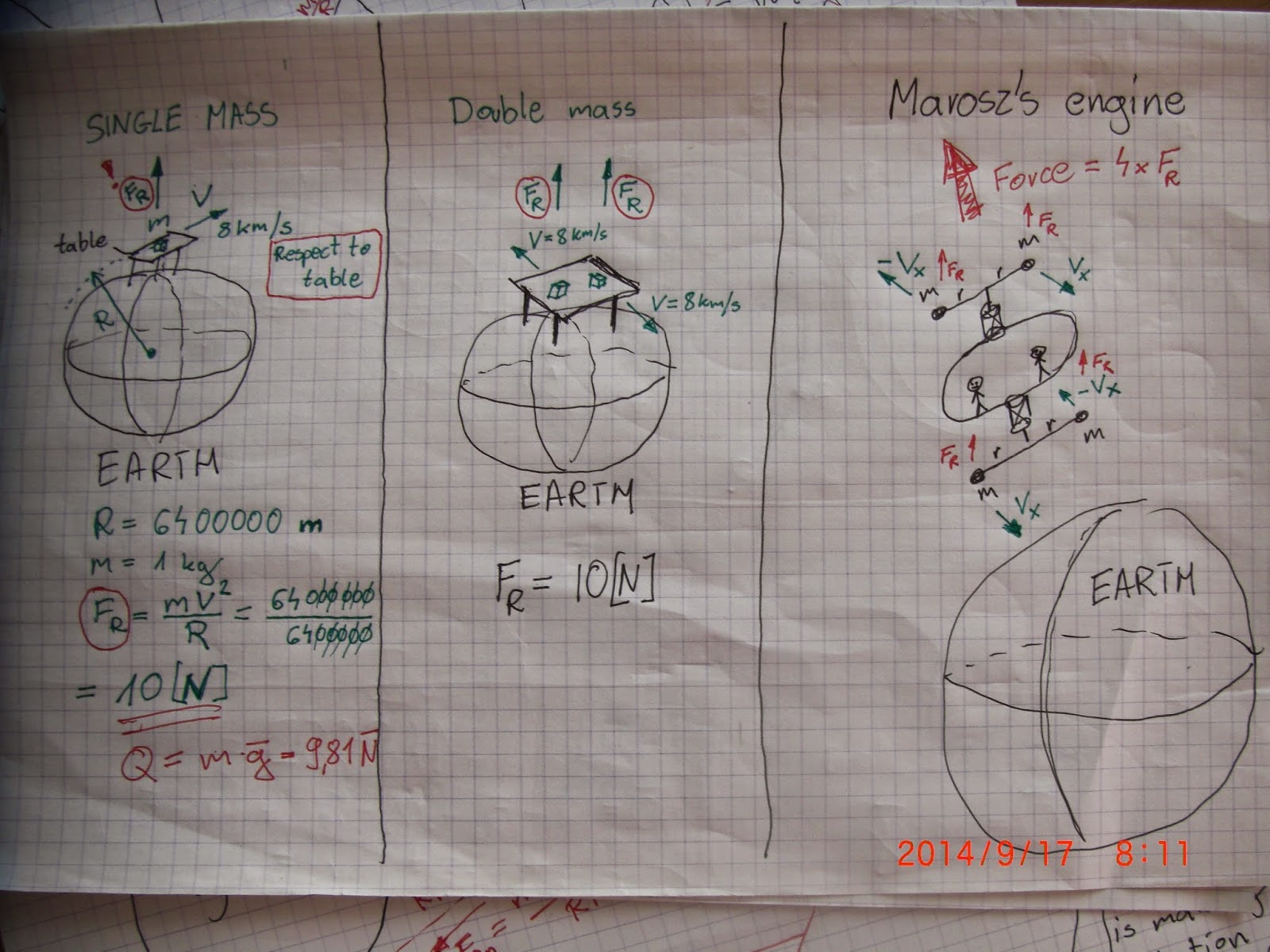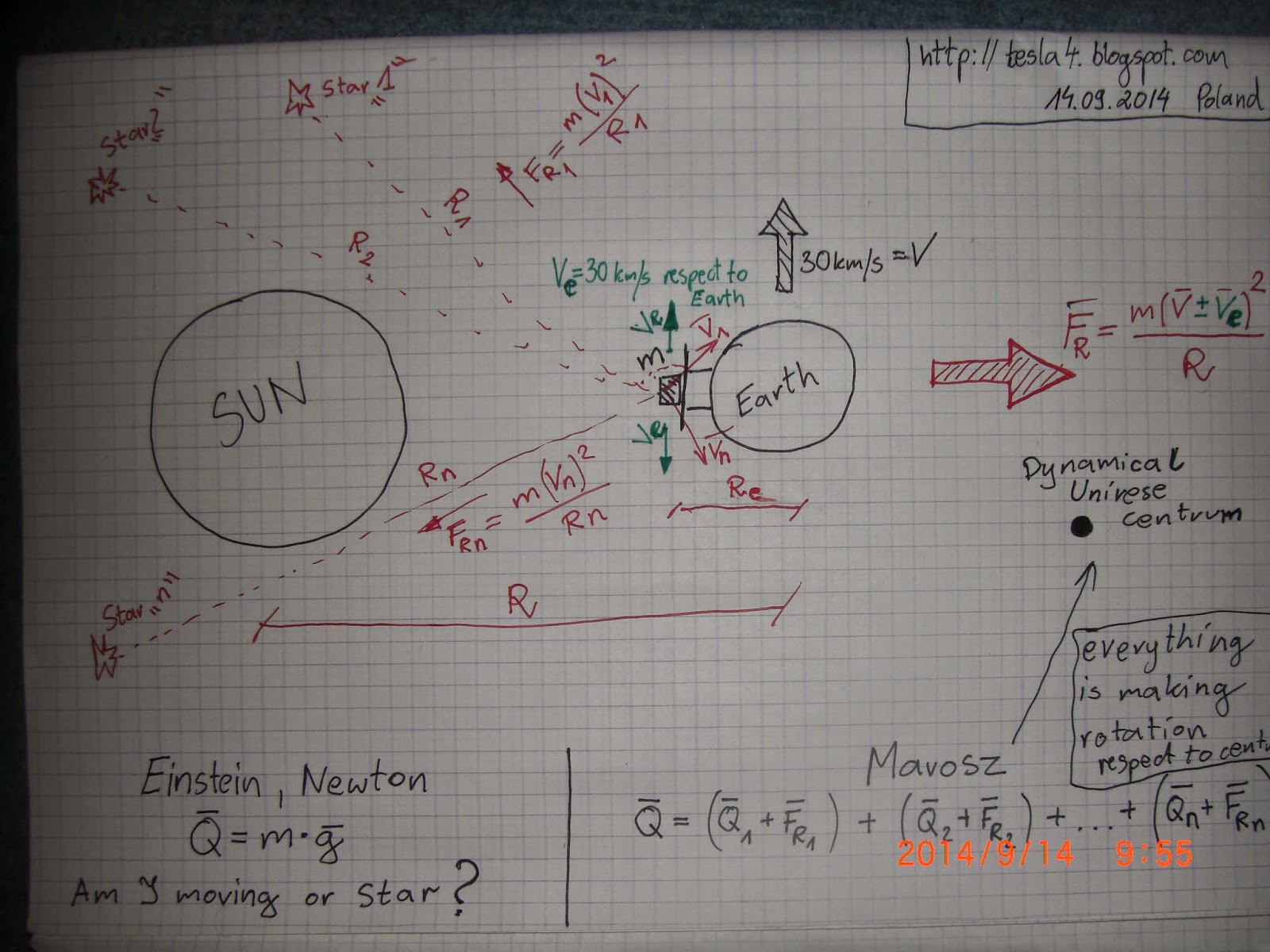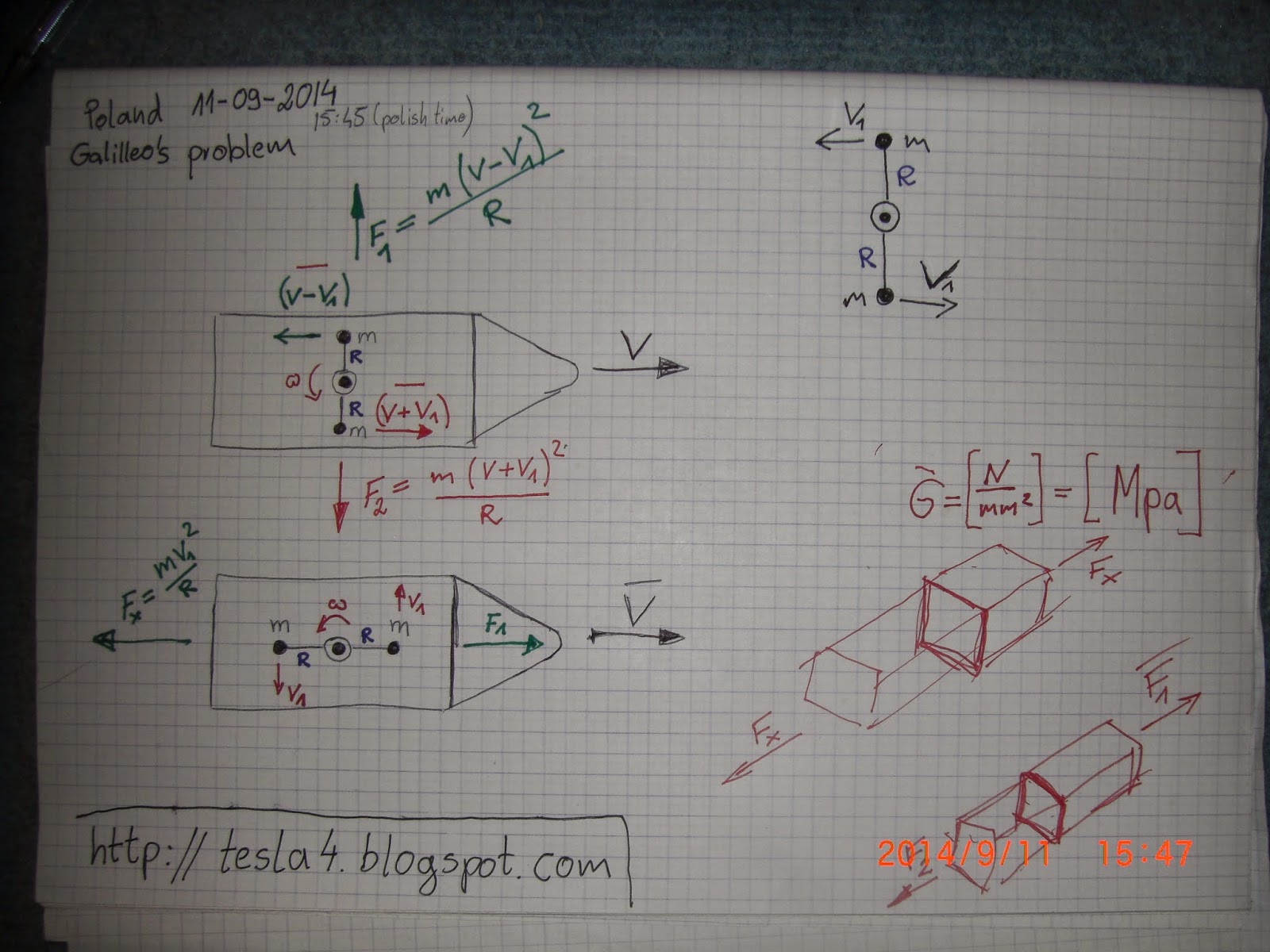

HISTORY
" Galileo postulated his relativity hypothesis: any two observers moving at constant speed and direction with respect to one another will obtain the same results for all mechanical experiments (it is understood that the apparatuses they use for these experiments move with them).
This idea has a very important consequence: velocity is not absolute. This means that velocity can only be measured in reference to some object(s), and that the result of this measurment changes if we decide to measure the velocity with respect to a diferent refernce point(s). Imagine an observer traveling inside a windowless spaceship moving away from the sun at constant velocity. Galileo asserted that there are no mechanical experiments that can be made inside the rocket that will tell the occupants that the rocket is moving .
The question ``are we moving'' has no meaning unless we specify a reference frame (are we moving with respect to that star'' is meaningful).
This fact, formulated in the 1600's remains very true today and is one of the cornerstones of Einstein's theories of relativity."

if V1 = V and beam is perpendicular to V direction ONLY ONE MASS m will give tension (Mpa ) to beam m--R--X--R--m. ( only one ARM will registrer foces m--R--X )
ABOVE PICTURE = EVIDENCE THAT EVERYTHING IN SPACE IS MAKING ROTATION NOT EXIST IN SPACE LINEAR MOTION !
( not exist only one mass m in universe = must exist some radius )
x1------R1----------m--R--x2--R--m beam m----X2----m is able detect main radius R1( Earth's rotation in space ) x2 it is local rotation point but X1 is global rotation point (X1 it is not SUN - next picture is showing that Sun it is only one star exist many stars around Earth and many other objects )Special and difference tensions (Mpa)in two arms can inform us how far from centrum we are .
 http://maroszphysics.blogspot.com
http://maroszphysics.blogspot.com


